your traveling place2 srilanka -Sigiriya
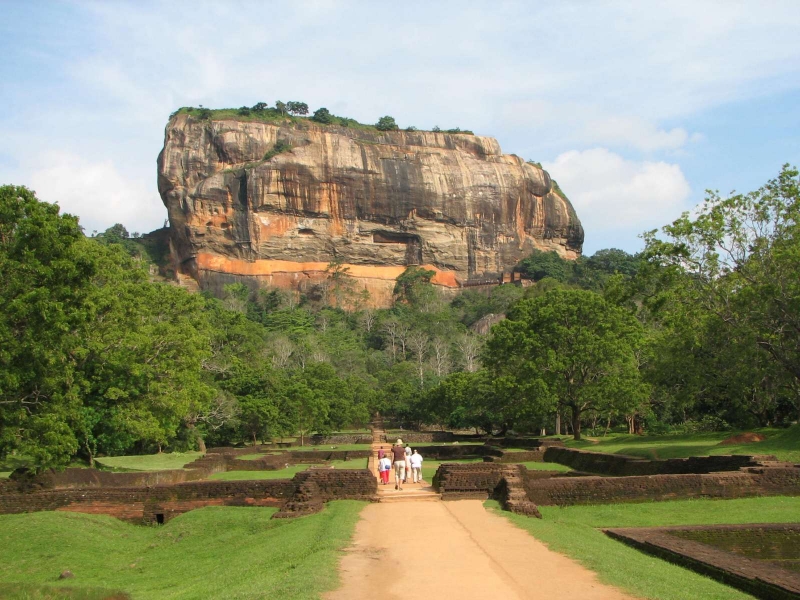
Sigiriya Rock Fortress
As per engravings found in the hollows which honeycomb the base of the stone post, Sigiriya filled in as a position of religious withdraw as far back as the third century BC, when Buddhist ministers built up asylum in the district. It wasn't until the fifth century AD, be that as it may, that Sigiriya climbed quickly to amazingness in Sri Lanka, following the power battle which succeeded the rule of Dhatusena (455-473) of Anuradhapura. Ruler Dhatusena had two children, Mogallana, by a standout amongst the most wanted and finest of his rulers, and Kassapa, by a less critical partner. After hearing that Mogallana had been announced beneficiary to the royal position, Kassapa revolted, driving Mogallana into oust in India and detaining his dad, King Dhatusena. The legend of Dhatusena's consequent end offers an edifying delineation of the significance given to water in early Sinhalese human progress.
Debilitated with death on the off chance that he declined to uncover the whereabouts of the state treasure, Dhatusena consented to demonstrate his errant child its area on the off chance that he was allowed to bathe one last time in the colossal Kalawewa Tank, of which the development he had directed. Remaining inside the tank, Dhatusena poured its water through his hands and revealed to Kassapa this by itself was his fortune. Kassapa, none excessively awed, had his dad walled up in a chamber and left him to bite the dust. Mogallana, in the interim, promised to come back from India and recover his legacy. Kassapa, making arrangements for the normal attack, developed another residence over the 200-meter-high Sigiriya shake – a mix of joy castle and indestructible stronghold, which Kassapa proposed would copy the unbelievable home Kubera, the lord of riches, while another city was built up around its base. As indicated by old stories, the whole fortification was worked in only seven years, from 477 to 485 AD.
The hotly anticipated intrusion at long last appeared in 491, Mogallana having raised a multitude of Tamil hired fighters to battle his motivation. Notwithstanding the advantages of his indestructible post, Kassapa, in a demonstration of fatalistic swagger, plunged from his rough homestead rode intensely out on an elephant at the leader of his troops to meet the aggressors on the fields beneath. Shockingly for Kassapa, his elephant took fear and catapulted driving the fight. His troops, supposing he was withdrawing, fell back and left him to go head to head the fight. Confronting catch and annihilation, Kassapa murdered himself. Following Mogallana's mission, Sigiriya was given over to the Buddhist friars, after which its holes by and by wound up plainly home to religious self-denial looking for peace and isolation. The site was at long last relinquished in 1155, after which it remained to a great extent overlooked, aside from brief times of military use by the Kingdom of Kandy in the sixteenth and seventeenth hundreds of years, until being rediscovered by the British in 1828.
The Apsara paintings
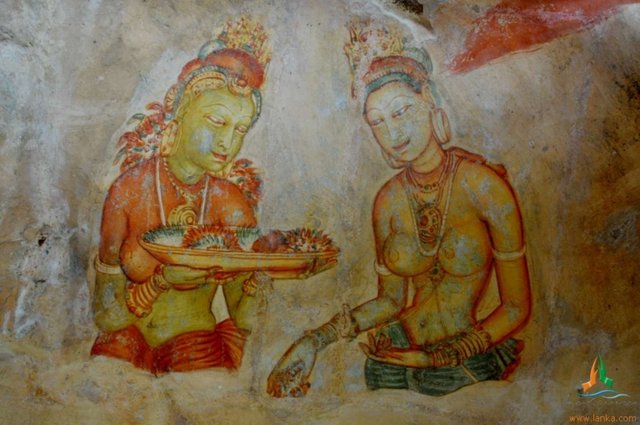

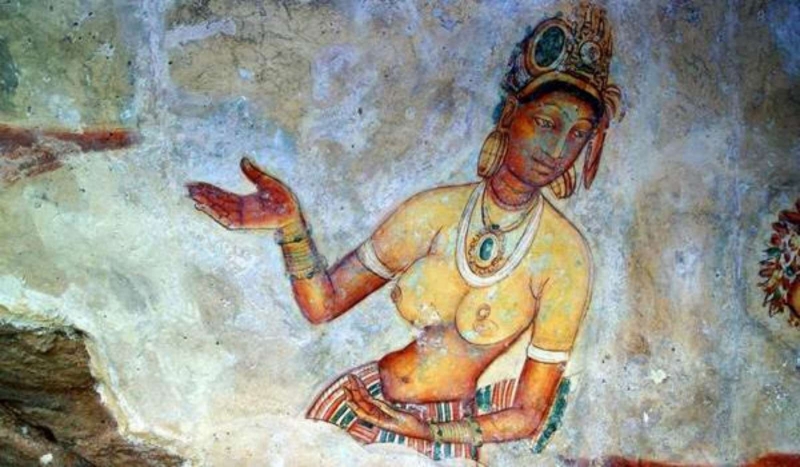
The Boulder Gardens and Terrace Gardens
Past the Water Gardens the primary way starts to scale up through the uncommon Boulder Gardens, built out of the immense stones which lie tumbled around the foot of the stone, and offering a naturalistic ferocity rather than the perfect symmetries of the water gardens. A considerable lot of the stones are scored with lines of gaps — they look rather like shake cut strides, yet in reality they were utilized as footings to help the block dividers or timber edges of the various structures a which were worked against or over the rocks – complex to envision now, in spite of the fact that it should initially have made a to a great degree pleasant sight.
The greenery enclosures were likewise the focal point of Sigiriya's ascetic action prior and then afterward Kassapa: there are around twenty shake shields hereabouts which were utilized by friars, some containing engravings dating structure between the third century BC and the main century AD. The caverns would initially have been put and painted, and hints of this ornamentation can at present be found in a couple of spots; you'll likewise see the dripstone edges which were cut around the passageways in a considerable lot of the holes of to keep water from running into them. The Deraniyagala surrender, just to one side of the way soon after it starts to climb through the greenhouses (there's no sign), has an all around saved dripstone edge and hints of old canvases including the blurred stays of different Apsara figures fundamentally the same as the popular Sigiriya Damsels additionally up the stone. On the inverse side of the fundamental way up the stone, a side way prompts the Cobra Hood Cave, named for its peculiar improvement and an extremely black out engraving on the edge in obsolete Brahmi content dating from the second century BC.
Take after the way up the slope behind the Cobra Hood Cave and up through "Stone Arch No.2" (as it's marked), at that point swing left to achieve the alleged Audience Hall, where the wooden dividers and rooftop have since a long time ago vanished, however the stunningly smooth floor, made by etching the finish off a solitary tremendous rock, stays, alongside a five broad "honored position" likewise cut out for a lobby, however it will probably have served an absolutely religious capacity, with the void royal position speaking to the Buddha. The little buckle on the way just underneath the Audience Hall holds bright sprinkles of different depictions on its roof (however now practically wrecked by contemporary spray painting) and is home to another honored position, while two or three more royal positions can be discovered cut into adjacent rocks.
Carry on back to the fundamental way, at that point head on up again as the way – now an arrangement of walled – in steps – starts to climb steeply through the porch cultivates, a progression of rubble – holding block and limestone patios that extend to the base of perspectives withdraw underneath.
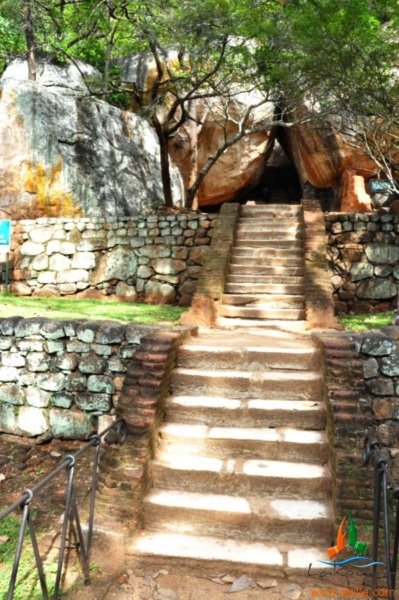

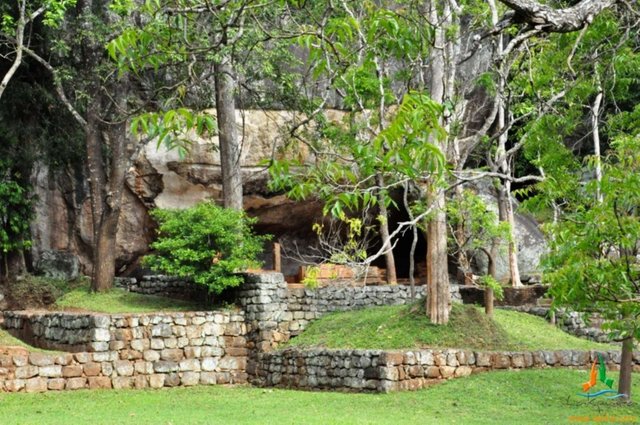
The Water Gardens
From the passageway, a wide and straight way bolts straightforwardly towards the stone, after the line of a nonexistent east-west pivot, drawn straight through the stone, around which the entire city had been arranged This whole side of the city is ensured by an expansive channel encased inside two-layered dividers. Intersection the canal (which once encased the whole west-bound side of the perplexing), you enter the Water Gardens. The presence of this part changes significantly as per how much rain has as of late been included in the region, and in the dry season absence of water implies that the patio nurseries can be a bit of disappointing.
The main area involves four pools set in a square; when full, they make a little island at their middle, associated by pathways to the encompassing patio nurseries. The remaining parts of structures can be found in the rectangular ranges toward the north and south of the pools. Past this range is the little however expounding Fountain Garden. Elements here incorporate a serpentine smaller than expected "stream" and limestone-bottomed channels and lakes. Two save their antiquated wellspring sprinklers –while these work on a basic weight and gravity standard and still spurt out humble crest of water after an overwhelming deluge. The entire complex offers a decent case of the pressure driven refinement accomplished by the old Sinhalese locals in the dry zone: after just about 1500 years of neglect, every one of that was expected to reestablish the wellsprings to working request was to clear the water channels which bolster them.
.jpg)
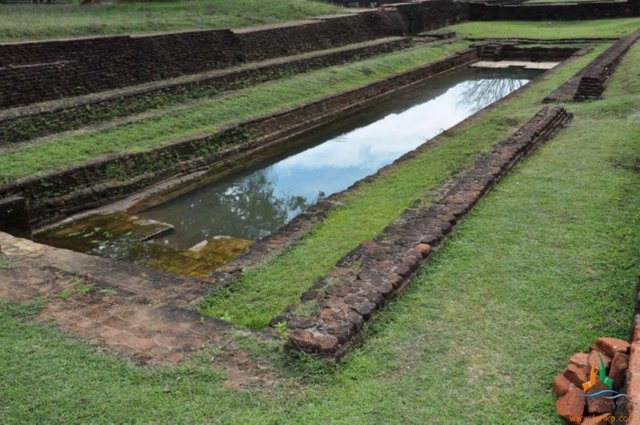
Visit Sigiriya
Guests touch base outside the external canals, with a radiant perspective of the stone transcending the trees in the mid separation. Ways through the complex of channels and gardens prompt the foot of the slant. Stone stairways are found along the lofty incline at the base of the stone, twisting through the remaining parts of the lower parts of the royal residence, achieving a porch that crosses along the lower edge of the vertical face of the stone. The stone over this patio, known as the mirror divider, was at one time enhanced with frescoes, some of which can at present be seen, however sadly now much are blurred. Toward the finish of the patio underneath the most astounding piece of the stone, the porch opens out into a generous yard.
From here the move to the highest point of the stone is by means of a current iron stairway that achieves the stone face through the remaining parts of the first block door, the Lion Gate, now deteriorated to a monstrous combine of block paws. The destroyed paws are largely that stay of an immense head and fore paws of a lion, whose open mouth filled in as the fundamental access to the regal royal residence. The course proceeds around, crosswise over and up the bluff face by means of a somewhat breezy iron staircase, a current trade for the first block stairway – that vanished alongside the lion's head amid the a long time since the royal residence was built.
The stairway closes at the most noteworthy purpose of the stone – the upper royal residence falls away in delicate levels towards the inverse end of the stone starting here. The remains of the castle structures rise just maybe a large portion of a meter over the surface of the stone, yet the broad works cut into the surface of the stone have persevered through better.
It is very interesting description about Sigiriya.